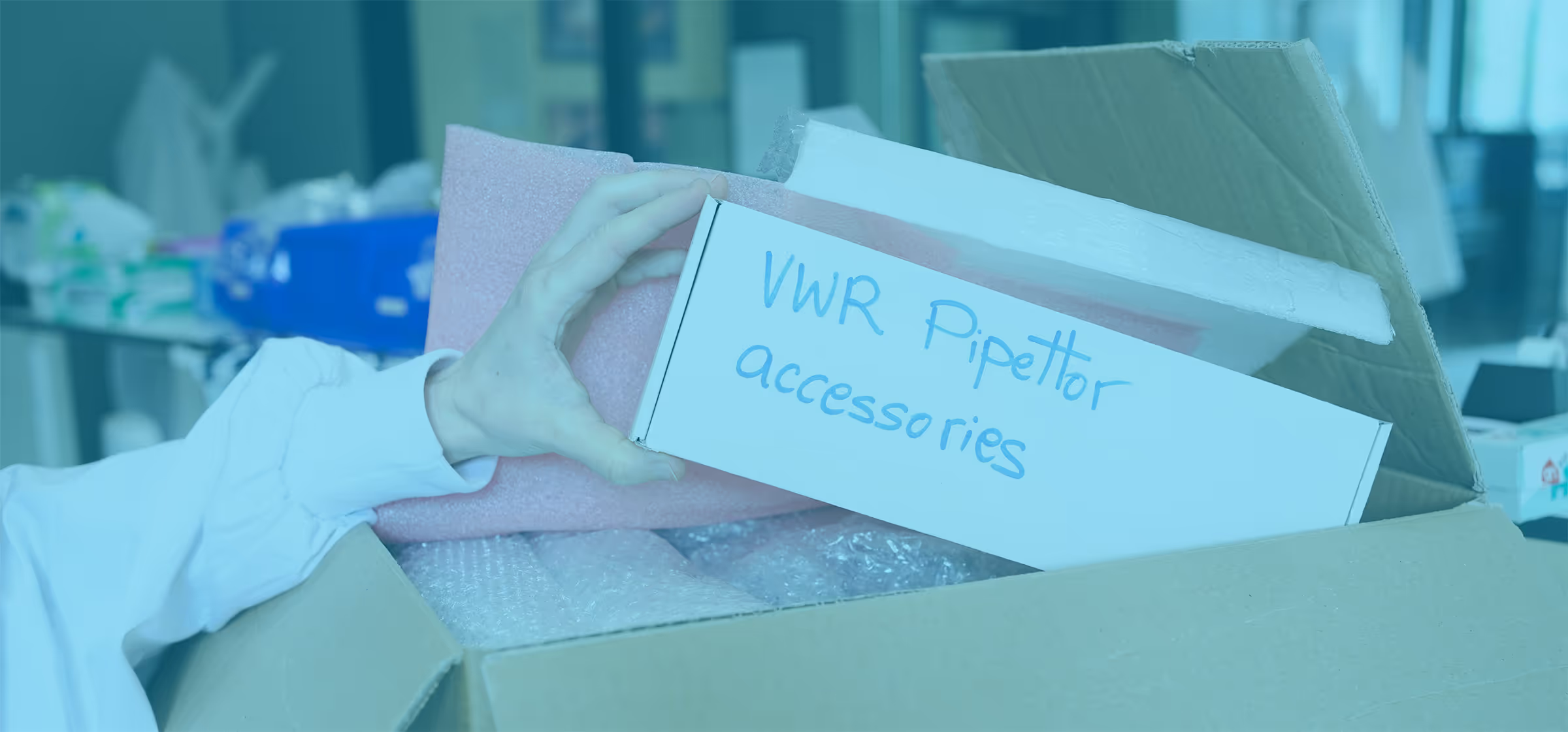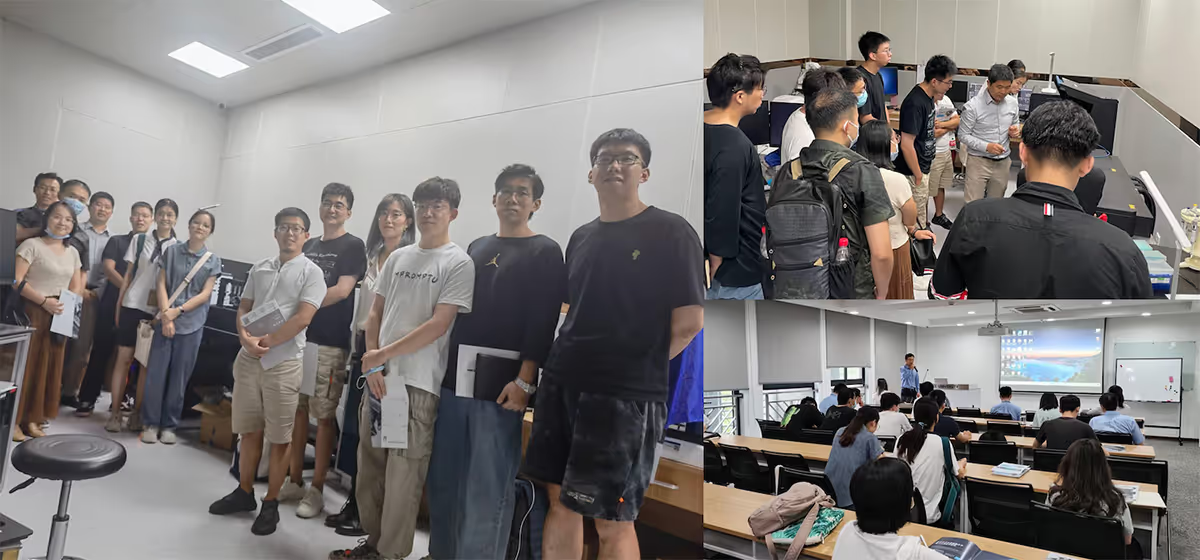In January 2016, LUMICKS’ first C-Trap® Optical Tweezers-Fluorescence Microscopy instrument was successfully installed at the BIOCEV research center in the Czech Republic. BIOCEV is a research institute in the areas of biotechnology and biomedicine of both the Academy of Sciences of the Czech Republic and the Charles University. The instrument was acquired by the lab of Dr. Zdeněk Lánský, head of the group Structural proteins and their complexes, to investigate the mechanics of interactions between cytoskeletal components at the single-molecule level.
Applications
Investigation of the specific structural role of cytoskeletal molecular motors and other proteins, that crosslink cytoskeletal filaments.
The research group studies the interactions between cytoskeletal filaments, such as microtubules, with specific proteins and the structural relevance of these interactions. Specifically, the Lánský lab investigates the shear forces acting on such systems in detail and aims to elucidate the physical mechanisms of processes such as filament sliding, both in presence and absence of complementary interacting proteins.






